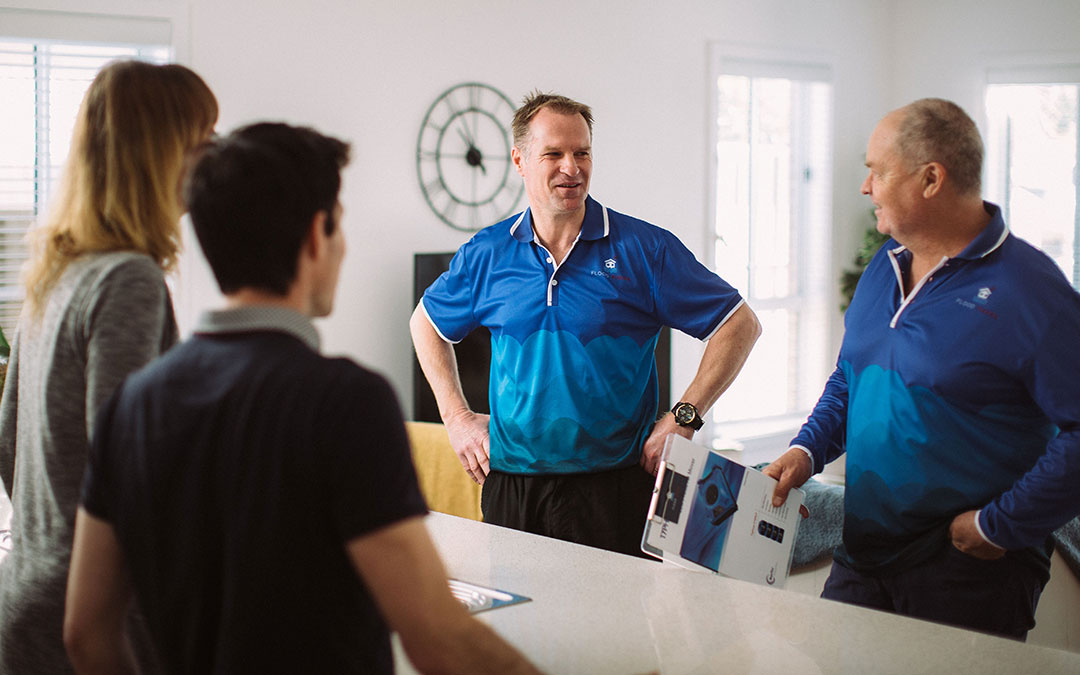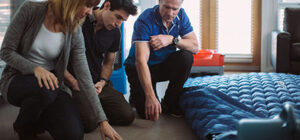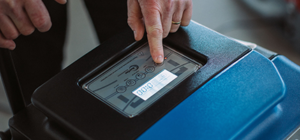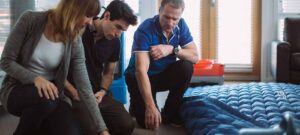Sucking Up Water from Wet Carpets – What You Need to Know
When water spills onto your carpets—whether from a burst pipe, overflowing sink, or leaking appliance—it’s critical to act fast. The longer water sits in carpet and underlay, the greater the risk of structural damage, mould growth, and unpleasant odours. One of the first steps in the water damage restoration process is extracting as much water as possible from the carpet.
The most effective way to do this is by using a wet vac (wet/dry vacuum). These machines are designed specifically for water extraction and can remove large amounts of water far more efficiently than towels or mops.
How to Extract Water from Wet Carpets
-
Hire or purchase a wet vac: Wet vacs can be hired from most machinery hire stores or local hardware outlets. They are also affordable to buy and can be useful for ongoing household cleaning tasks.
-
Go over the carpet multiple times: Move slowly across the entire affected area, making several passes to ensure maximum water removal. Pay attention to edges, corners, and areas where water may have pooled.
-
Empty the wet vac frequently: A full tank reduces suction power, so empty it regularly for best results.
-
Remove excess furniture: Water can spread underneath furniture legs and lead to staining or secondary damage, so move items where possible before extraction.
Important Safety Tips
-
Never use a standard household vacuum cleaner to suck up water. These are not designed for wet use and can cause electric shock or irreparable damage to the appliance.
-
Always wear appropriate footwear and avoid walking on wet carpet unnecessarily, as this can spread water deeper into the fibres.
-
If flooding is extensive, professional water extraction services may be needed to prevent long-term issues like mould and subfloor damage.
What to Do After Water Extraction
Sucking up the water is only the first step. Even after using a wet vac, moisture often remains in the carpet underlay and subfloor. To properly dry the area, you may need:
-
Industrial air movers to circulate airflow
-
Dehumidifiers to reduce moisture in the air
-
Professional moisture mapping to check hidden areas
Professional water damage restoration companies use specialised drying equipment to ensure carpets, underlay, and flooring are thoroughly dried to prevent secondary damage and health risks.
Remove Water from Wet Carpets as Quickly as Possible
When carpets get soaked from a burst pipe, heavy rain, or an overflowing appliance, time is not on your side. The longer the water remains, the deeper it penetrates into the carpet fibres, underlay, and even the subfloor. Once water seeps into these layers, it becomes much harder to extract and dramatically increases the risk of structural damage, mould growth, and lingering odours.
Acting quickly is the most important step when dealing with wet carpets. As soon as you notice the problem, begin the water removal process immediately. Fast action can mean the difference between a straightforward cleanup and a costly restoration job.
Why Speed Matters in Water Extraction from wet carpets
-
Prevents structural damage: Moisture trapped in subfloors can weaken materials, causing swelling, warping, and long-term deterioration.
-
Reduces mould risk: Mould can start to grow within 24 48 hours in damp environments, creating potential health hazards.
-
Saves carpets and underlay: Quick extraction helps preserve the integrity of the carpet fibres and reduces the need for complete replacement.
-
Minimises odours: Standing water often leads to unpleasant smells that can be difficult to remove without professional treatment.
How to Quickly Extract Water from Carpets
-
Use a wet vac or water extraction machine: These are designed to handle water safely and efficiently.
-
Work in sections: Start at the source of the water and work outward, going over each area multiple times to extract as much water as possible.
-
Move furniture and obstacles: Clear the area to ensure you can access every corner of the affected space.
-
Ventilate the room: Open windows and doors to encourage air circulation and assist the drying process.
For large-scale flooding, professional carpet drying services use powerful extraction equipment and industrial air movers to speed up the process and ensure all layers of flooring are properly dried.
Follow-Up After Water Removal
Once you’ve extracted as much water as possible, it’s important to:
-
Set up dehumidifiers to control moisture levels in the air.
-
Lift sections of carpet if necessary to allow the underlay and subfloor to dry fully.
-
Schedule a professional moisture inspection to confirm no hidden water remains in walls or flooring.
Prompt water removal followed by thorough drying is the best way to prevent long-term water damage and costly repairs.
Dealing with Soaked Carpet Underlay After Water Damage
When carpets get wet from flooding, leaks, or spills, the water often seeps straight through the carpet fibres and becomes trapped in the underlay beneath. In fact, the majority of moisture usually ends up in this hidden layer, making it one of the hardest parts of the flooring to dry properly.
The problem with wet underlay is that it holds water like a sponge. Even if the carpet surface looks like it’s drying out, large amounts of moisture can remain trapped underneath, increasing the risk of mould, odours, and structural damage.
How to Extract Water from Wet Carpet and Underlay
Using a wet vac is the first step in removing as much water as possible. Start by slowly going over the entire wet area, working in sections to pull moisture out of the carpet fibres. As you extract water from the top layer, moisture from the underlay will begin to rise to the surface.
For best results:
-
Move the wet vac slowly over each section multiple times.
-
Focus on areas where water has pooled or seeped through deeply.
-
Empty the vacuum regularly so it maintains full suction power.
-
Continue until little to no water is being removed.
It can take time and repeated passes to draw out water from both the carpet and the underlay beneath.
Drying Wet Carpet and Underlay Properly
Once you’ve removed as much water as possible, the next step is drying. Speed is crucial here—moisture left in the underlay can quickly lead to mould growth and damage to subfloor materials.
Options for drying include:
-
Carpet blowers or air movers: These can be hired from equipment hire companies and help circulate air to speed up evaporation.
-
Dehumidifiers: Essential for reducing moisture in the air and preventing secondary damage.
-
Natural ventilation: On warm, dry days, open windows and doors to increase airflow through the property.
For small spills, DIY drying methods may be enough. But for larger water-affected areas, professional carpet drying services use industrial-grade equipment to ensure the carpet, underlay, and subfloor are completely dry.
When to Call a Professional
If your carpet underlay has been saturated for several hours or worse, days professional water damage restoration experts should be called in. They can use moisture mapping tools, thermal imaging, and commercial drying systems to locate hidden moisture and prevent long-term damage.
Professional Wet Carpet Water Extraction on the Gold Coast
When your carpets are soaked from flooding, burst pipes, or unexpected leaks, acting quickly is essential to prevent long-term damage. If the affected area is too large to handle on your own, Flood Fixers is here to help.
Our experienced team specialises in wet carpet water extraction across the Gold Coast, using advanced drying equipment and proven restoration techniques to remove water fast and minimise damage. Whether it’s a single room or an entire property, we have the tools and expertise to restore your carpets and flooring to their pre-damage condition.
Why Choose Flood Fixers for Wet Carpet Water Extraction On The Gold Coast
-
24/7 Emergency Water Extraction – We know water damage can strike at any time, so our team is available around the clock for urgent call-outs.
-
Advanced Carpet Drying Equipment – From industrial water extractors to high-powered air movers and dehumidifiers, we use the latest technology for fast, effective results.
-
Structural Drying Solutions – Moisture often seeps into underlay, subfloors, and walls. We provide complete structural drying to ensure no hidden water is left behind.
-
Water-Damaged Carpet Repairs – In many cases, carpets can be saved if treated quickly. We handle cleaning, sanitising, and repairing damaged areas where possible.
-
Mould Prevention and Remediation – Damp conditions can lead to mould within 24–48 hours. We provide mould treatments to protect your property and your health.
-
Full Water Damage Restoration Services – From initial assessment to final drying, we offer end-to-end solutions for both residential and commercial properties.
Don’t Delay – Fast Action Saves Your Wet Carpets
The sooner water is extracted, the less chance there is for permanent damage, mould growth, or costly replacements. Our Gold Coast wet carpet drying experts act quickly to protect your home or business, ensuring all moisture is removed and your property is thoroughly dried.
If you’re dealing with a flooded carpet and need professional help, contact Flood Fixers today for fast, reliable, and affordable water damage restoration services across the Gold Coast.
Call Flood Fixers today 0n 0459 820 511 we are here to help with your water damage on the Gold Coast 24/7





